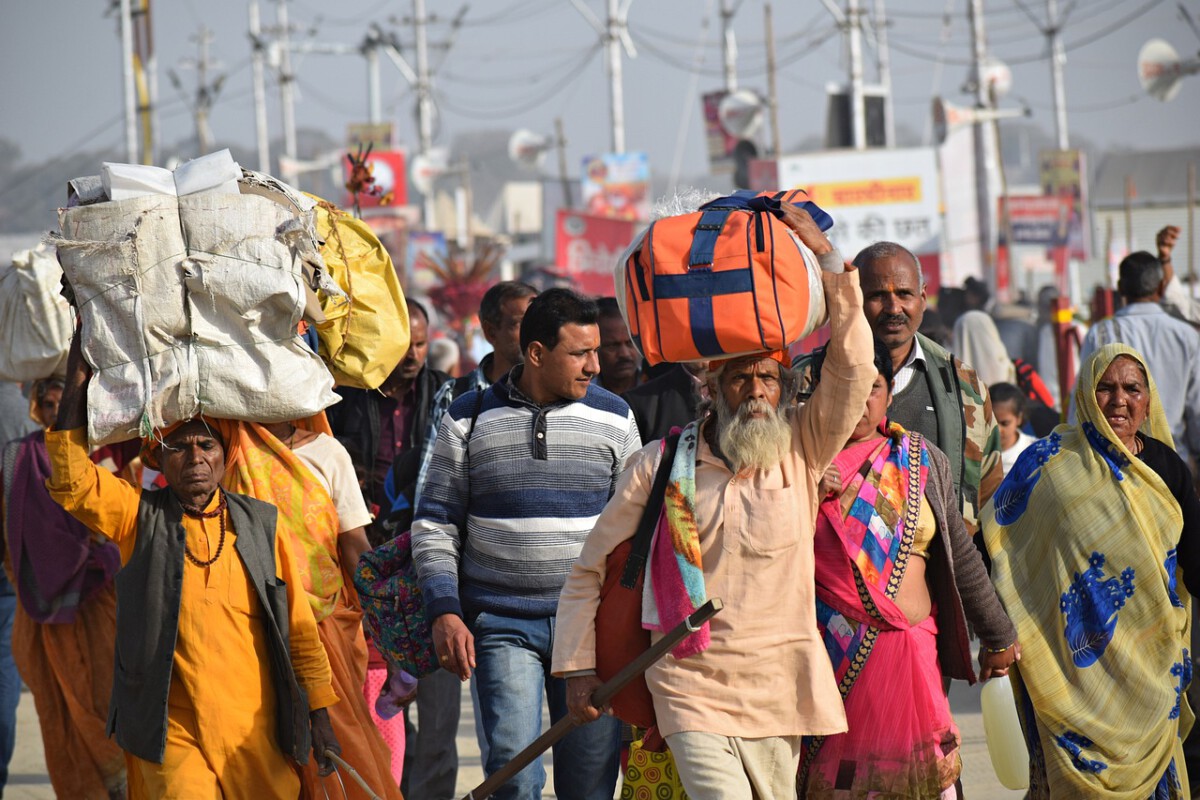Venezuela: Economic Collapse and Political Instability
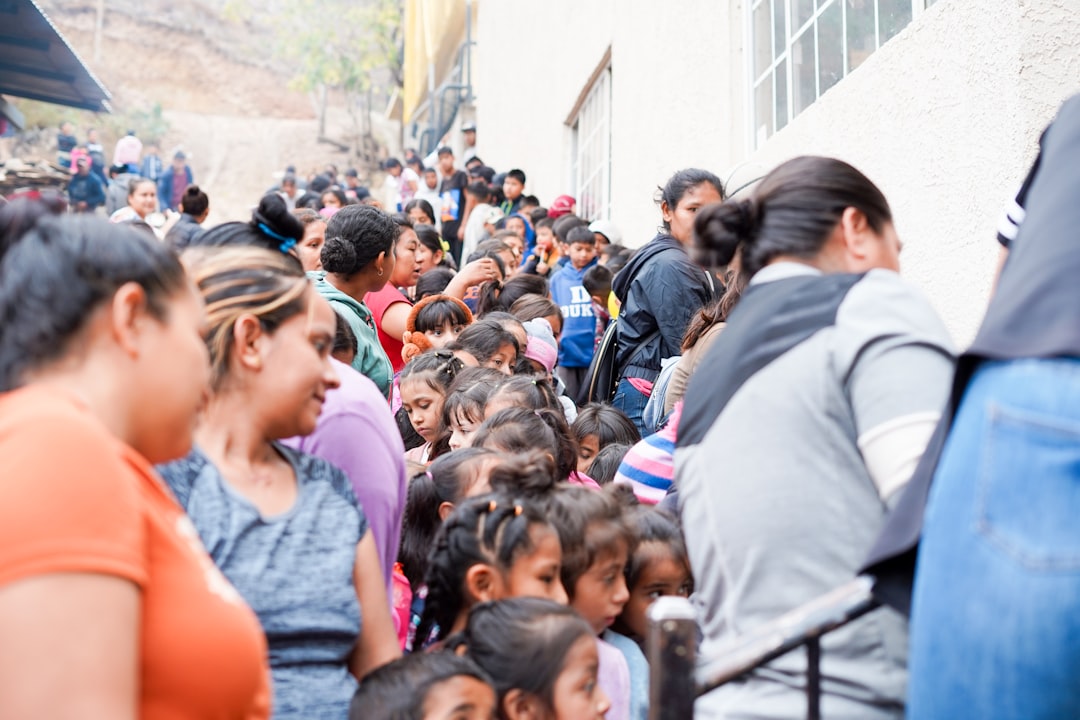
Venezuela stands at the top of the list for countries experiencing mass emigration in 2025. With more than 7 million citizens having already left since 2015, the United Nations High Commissioner for Refugees (UNHCR) reports that about 500,000 Venezuelans continue to depart each year. Economic collapse has ravaged the country, with hyperinflation soaring past 1,000,000% in recent years, eroding savings and making basic goods unaffordable for ordinary families. Grocery store shelves are often empty, and medicine is nearly impossible to find, creating a daily struggle for survival. The government has grown more authoritarian, silencing opposition voices and cracking down on protesters, deepening the sense of insecurity among residents. People are choosing to walk for days, sometimes across dangerous terrain, just to reach neighboring countries like Colombia and Brazil. Many migrants end up in overcrowded shelters or face discrimination as they try to rebuild their lives. The International Organization for Migration (IOM) highlights that, despite the risks, the flow of people shows no signs of slowing as desperation mounts.
Syria: Prolonged Conflict and Humanitarian Crisis
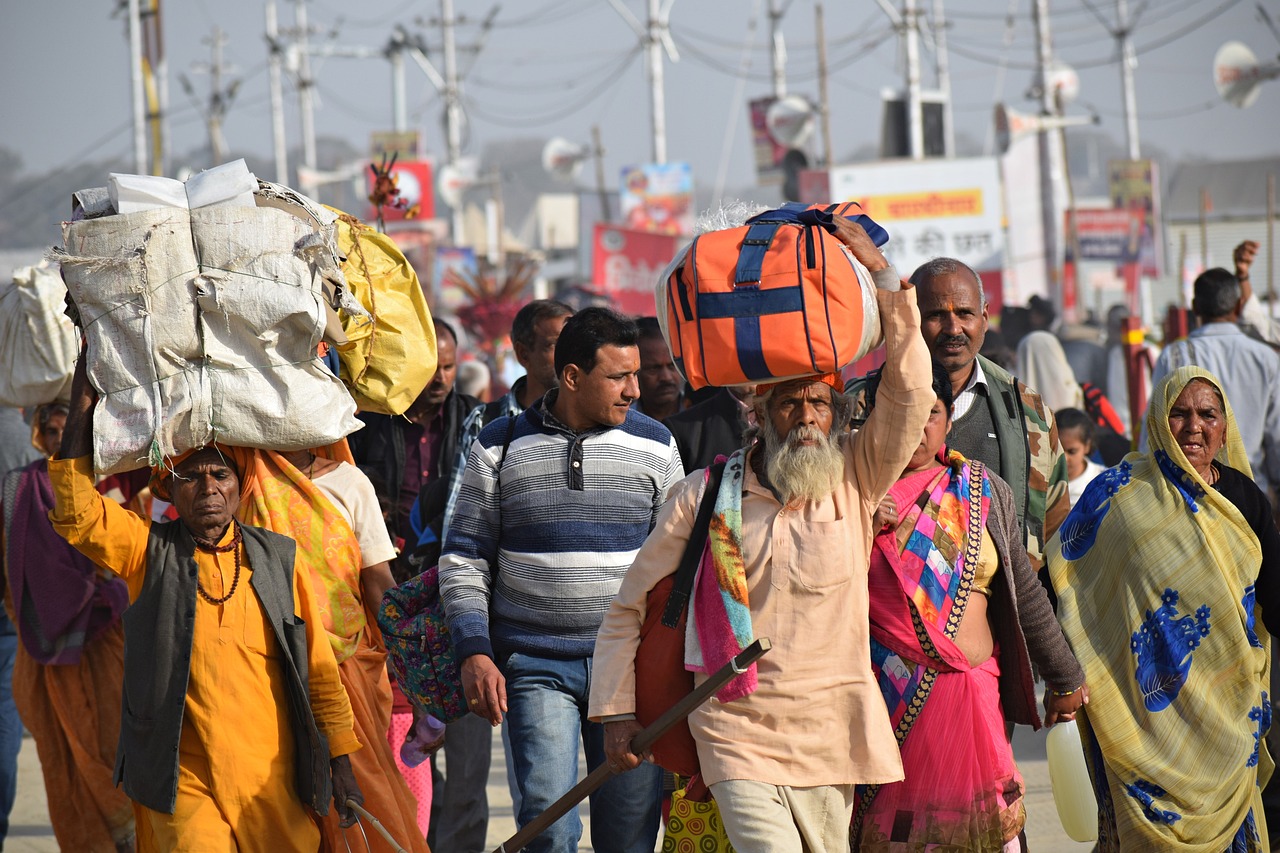
Syria’s ongoing civil war, now entering its 14th year in 2025, continues to force families to abandon their homes at a shocking rate. More than 6 million Syrians have fled the country since 2011, according to UNHCR, and thousands more continue to leave each year. Even as the front lines shift and some areas see temporary calm, violence, government crackdowns, and the threat of extremist groups remain constant dangers. The destruction of schools, hospitals, and entire neighborhoods has left basic services in ruins, making daily life nearly impossible. Countries like Turkey, Lebanon, and Jordan have taken in millions of refugees, straining their own resources in the process. The World Bank reveals that Syria’s GDP has plummeted by over 60% since 2011, leaving the population with few opportunities to earn a living. Many Syrians face a grim choice: stay and face poverty and violence, or leave everything behind in search of hope abroad. The continuing outflow of refugees illustrates just how deep the humanitarian crisis runs.
Afghanistan: Instability Under Taliban Rule
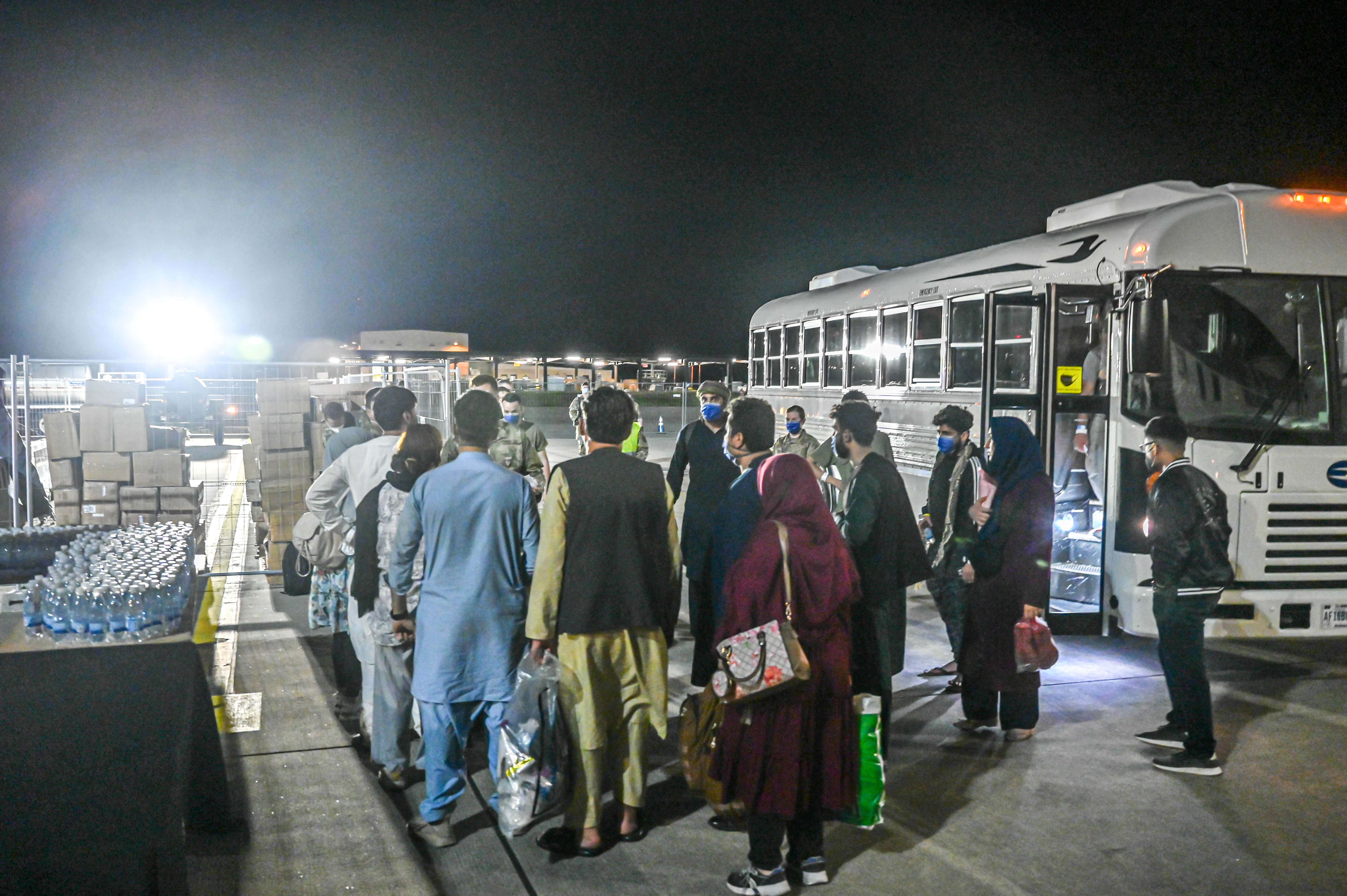
Afghanistan has witnessed a dramatic increase in people fleeing since the Taliban regained control in 2021. The UNHCR notes that over 2 million Afghans have left the country in just the past four years. The economy has nearly collapsed, and food insecurity now affects more than half of all Afghans, according to the World Food Programme (WFP). Women and girls face the harshest restrictions, with education and job opportunities almost entirely cut off for them. Many families sell possessions or take out loans to pay smugglers, risking perilous journeys to neighboring countries like Pakistan and Iran, or even as far as Europe. The Taliban government’s lack of international recognition has severely limited foreign aid, worsening living conditions for those who remain. Countless Afghans describe feeling trapped, with violence from armed groups and the government alike pushing them out. The exodus shows no sign of letting up as the humanitarian situation spirals further.
Myanmar: Military Coup and Ethnic Conflict
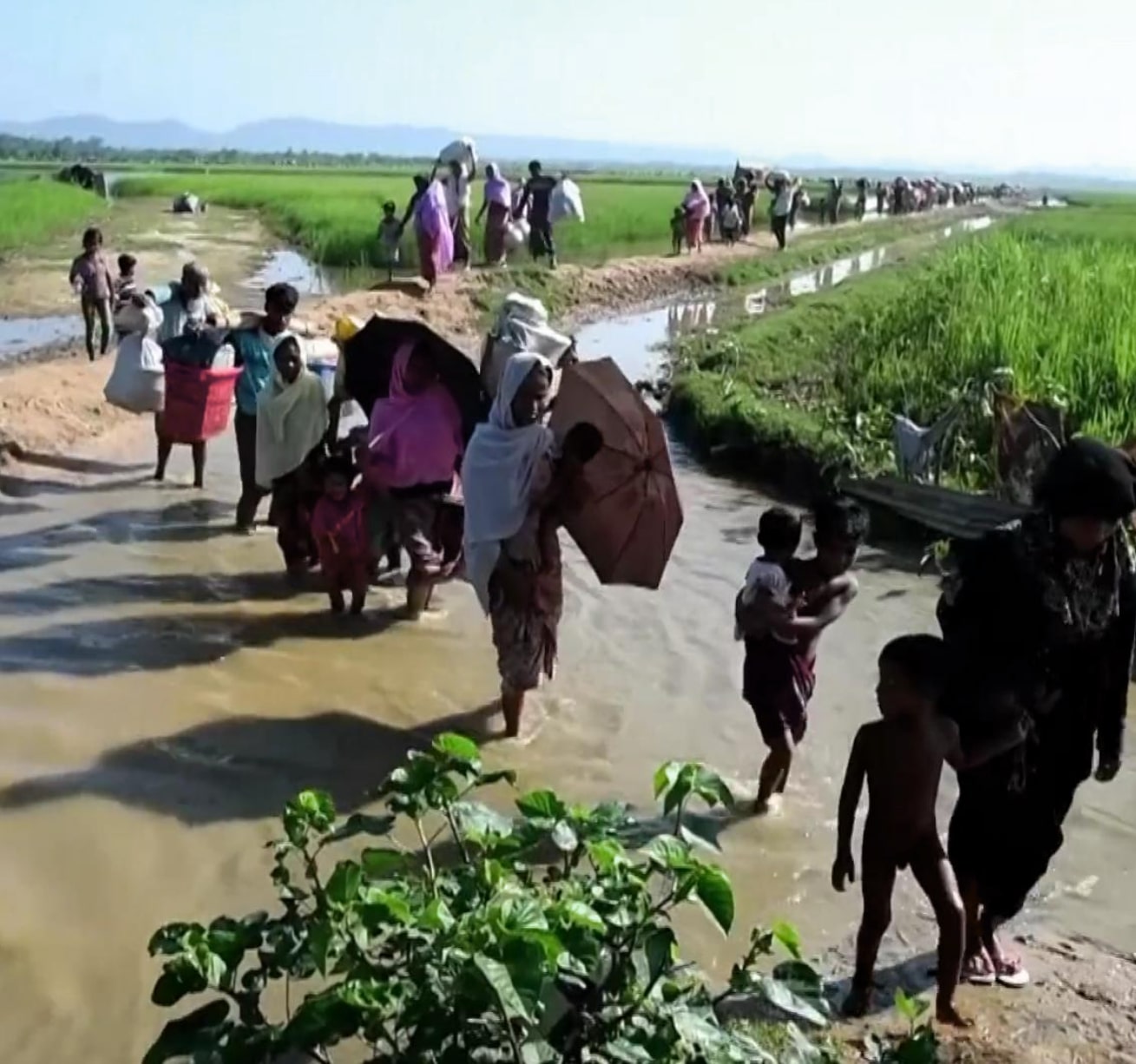
Myanmar’s military coup in 2021 has unleashed a wave of violence and repression, forcing over 1 million people to flee by 2025, as reported by UNHCR. Ethnic minorities and political dissidents are most at risk, with targeted crackdowns and military operations driving them from their homes. The situation is especially dire for groups like the Rohingya, who have faced years of discrimination and violence. Many escape across borders into Thailand, India, and Bangladesh, often with nothing but the clothes on their backs. The Asian Development Bank recorded an 18% contraction in Myanmar’s economy in 2022, plunging millions into poverty. Armed conflicts have intensified, and the military’s grip on power has destroyed any hope for democracy. Refugees frequently live in makeshift camps, facing uncertain futures and little chance of returning home soon. The ongoing crisis has left families separated and communities shattered.
Haiti: Political Violence and Natural Disasters
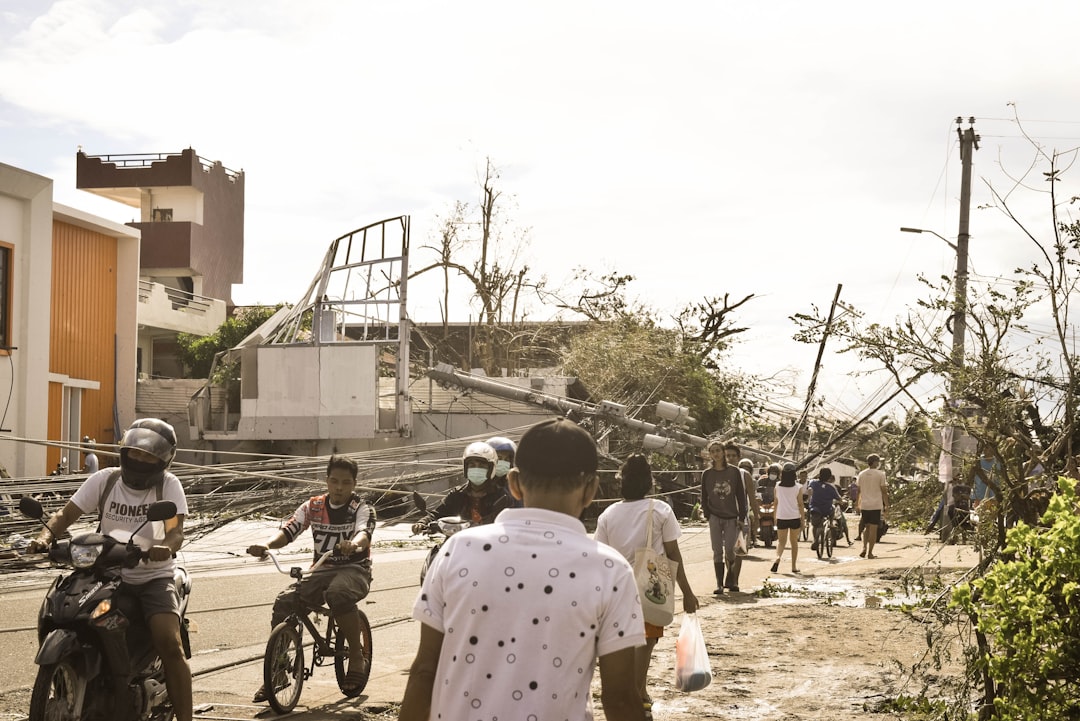
Haiti’s citizens are fleeing in record numbers due to a perfect storm of political chaos, gang violence, and devastating natural disasters. The World Bank confirms a 3.5% drop in GDP in 2024, reflecting the deepening crisis. Since 2023, over 200,000 Haitians have left, many risking their lives on dangerous sea routes to the United States and other Caribbean nations. The 2021 assassination of President Jovenel Moïse triggered further instability, while recurring hurricanes and earthquakes have destroyed already fragile infrastructure. Gangs control large portions of the capital, making daily life hazardous and unpredictable. The International Organization for Migration warns that many Haitians are preyed upon by traffickers and face harsh conditions in transit or at their destinations. Those who remain in Haiti often live in fear, with access to food, water, and healthcare severely limited. The situation for ordinary Haitians has become so unbearable that even the dangerous journey to leave seems preferable.
South Sudan: Ongoing Conflict and Food Insecurity
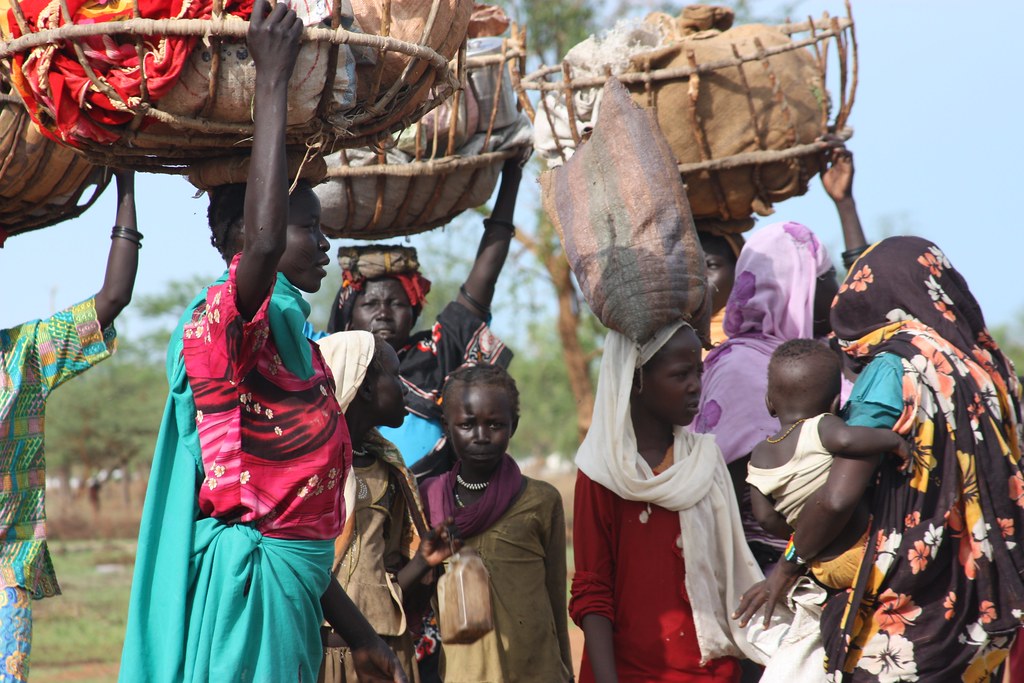
South Sudan’s hard-won peace remains fragile, with intermittent outbreaks of violence and chronic hunger driving people from their homes. The UNHCR reports that more than 2.3 million South Sudanese have left since civil war broke out in 2013, with fresh waves of displacement continuing into 2024 and 2025. Over 60% of the population faces acute hunger, based on World Food Programme data, a staggering figure that underscores the daily struggle for survival. Most refugees escape to neighboring Uganda, Sudan, and Ethiopia, where crowded camps offer only basic shelter and support. Political rivalries and ethnic tensions repeatedly shatter efforts at stability, leaving families with little choice but to flee. International aid workers face huge challenges in reaching people in need due to insecurity and poor infrastructure. For many, leaving is a desperate act, the only hope for a future free from violence and hunger.
Eritrea: Forced Conscription and Repression
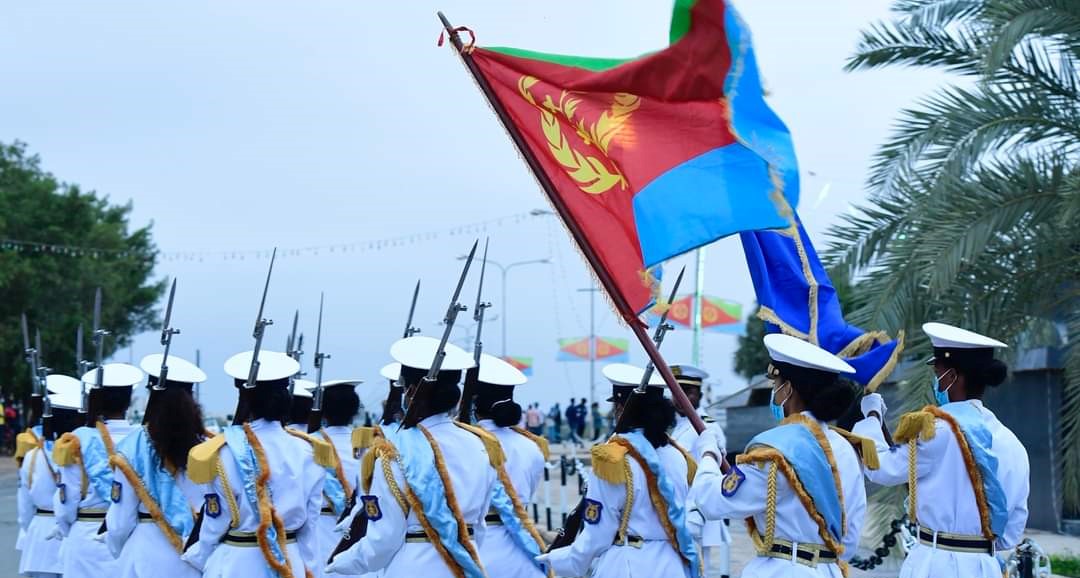
Eritrea has one of the world’s highest rates of emigration relative to its population, a fact tied to brutal policies like indefinite national service. Tens of thousands of Eritreans flee each year, according to the UNHCR. The government requires all citizens to serve in the military or public works roles for years—sometimes for life—creating an atmosphere of fear and hopelessness. Human Rights Watch has documented widespread abuses, including arbitrary arrests, torture, and a total lack of political freedoms. Many young people see no future in Eritrea and embark on dangerous journeys across the Sahara Desert and over the Mediterranean Sea, hoping to reach safety in Europe or neighboring countries. Economic opportunities are virtually nonexistent, pushing even educated citizens to leave. Families are often separated for years or decades, with little chance of reunion. The risks of fleeing are enormous, but for many, staying behind is worse.
Yemen: War and Humanitarian Catastrophe
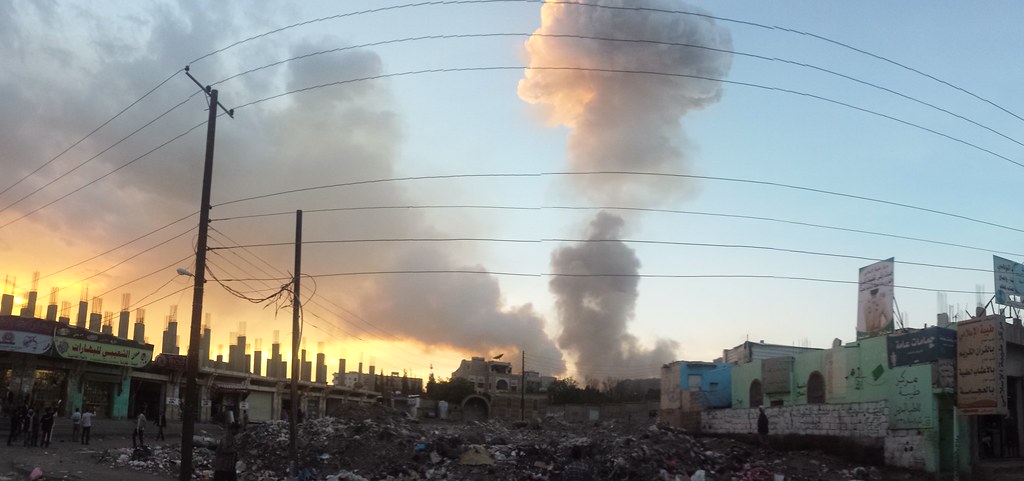
Yemen remains devastated by years of conflict, with millions forced to flee or live in desperate conditions. Over 4 million Yemenis are internally displaced, and thousands more leave the country each year, according to the UNHCR. The war, ongoing since 2015, has destroyed water systems, hospitals, and markets, pushing over 17 million people to the brink of famine, as reported by the United Nations. Saudi Arabia and Djibouti are the main destinations for those who manage to escape, though journeys are fraught with peril. Airstrikes, blockades, and ground fighting make daily life a struggle and leave no corner of the country truly safe. The International Rescue Committee emphasizes the urgent need for humanitarian aid, but access remains limited due to insecurity. Many Yemenis who flee become stateless or live in limbo, unsure if they will ever return home. The crisis continues to grow, with little hope for resolution in the near future.
Democratic Republic of Congo (DRC): Conflict and Instability
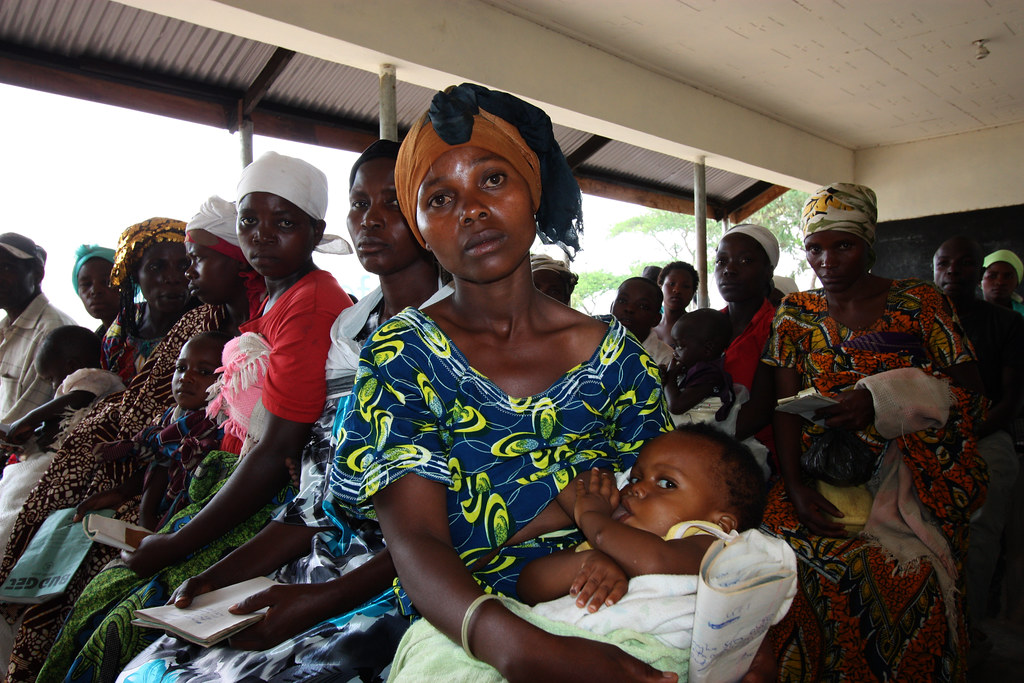
The Democratic Republic of Congo (DRC) is grappling with one of Africa’s largest and most complex displacement crises. Over 5 million people are internally displaced, and hundreds of thousands have fled to neighboring countries such as Uganda and Rwanda, according to UNHCR data. The eastern regions are especially volatile, with armed groups carrying out attacks, massacres, and sexual violence against civilians. The World Bank notes that, despite the country’s vast mineral wealth, ongoing conflict and corruption have kept the DRC’s economy fragile and unable to provide for its people. Food insecurity and lack of health services add to the hardship, pushing families to seek safety elsewhere. International peacekeeping efforts exist, but insecurity and logistical challenges limit their effectiveness. The humanitarian needs are overwhelming, and many Congolese see migration as their only escape from violence and poverty.

